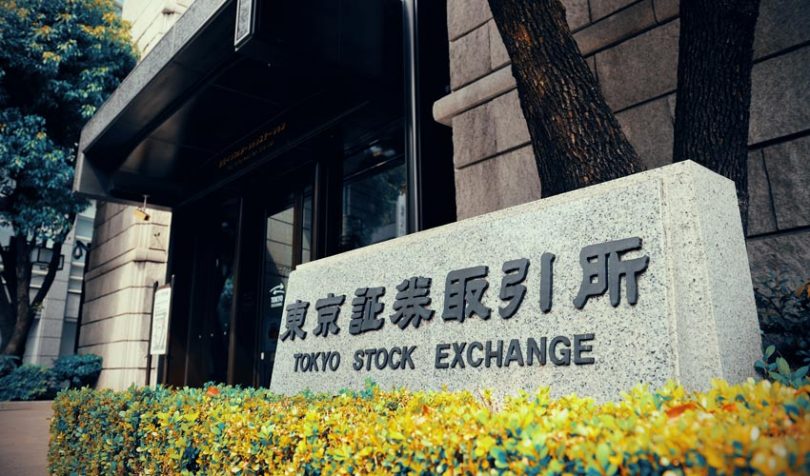Back in March Japan Exchange Group (JPX), the Tokyo Stock Exchange owner announced plans for a series of blockchain pilots with the Japan Securities Depository Center. Last month it published the initial post trade use cases selected for the “B-POST” project.
Nineteen firms will participate in the pilots with NEC as the technology partner. The companies include Broadridge Japan, DTCC Japan, MUFG and subsidiaries of Nomura, Daiwa, Mizuho, HSBC and Merrill Lynch.
Two of the three uses cases relate to fund management, with the first focused on sharing basic information. When funds are established or deleted, the data is currently shared via email from the asset manager to broker/dealers and trust banks. That might include data such as corporate information, pricing, and the commencement date. Likewise, settlement and redemption information is shared by the trust bank using email. Instead, the idea is to use distributed ledger technology (DLT) as a shared source of information.
The second fund management use case relates to distribution. Three technology vendors provide platforms for distributing investment trusts, but they are not fully compatible. As a result, fund managers and distributors incur extra costs. By using DLT to share the data, the process should become more efficient.
Elsewhere blockchain is being used for fund management or distribution by Calastone with 1,800 clients, by FundsDLT in Luxembourg, IZNES in France and FNZ in South Africa.
For the JPX consortium, the third use case is stock lending and collateral management. Again stock lending data and collateral fees or interest are shared via email and not using any standard format. As a result, there are reconciliation costs and mismatches. If all borrowers and lenders use a permissioned shared ledger with standardized data and processes, they can make cost savings.
The three use cases were selected from nine options. Use case selection was based on the feasibility of testing the viability within a limited timeframe. The ones that didn’t make the initial cut are:
The three use cases were chosen from nine options. Use case selection was based on the feasibility of testing the viability within a limited timeframe. The ones that didn’t make the initial cut are:
- changes in collateral or margin for listed futures and options
- trade reconciliations for foreign bonds
- dividend information
- market price data particularly for stock lending
- compilation of business days of all Asian stock markets
- trade transaction and account data for sharing between buy side and sell side.
The original timeframe was to run through to October, but it’s unclear whether this has been delayed as a result of COVID-19.






